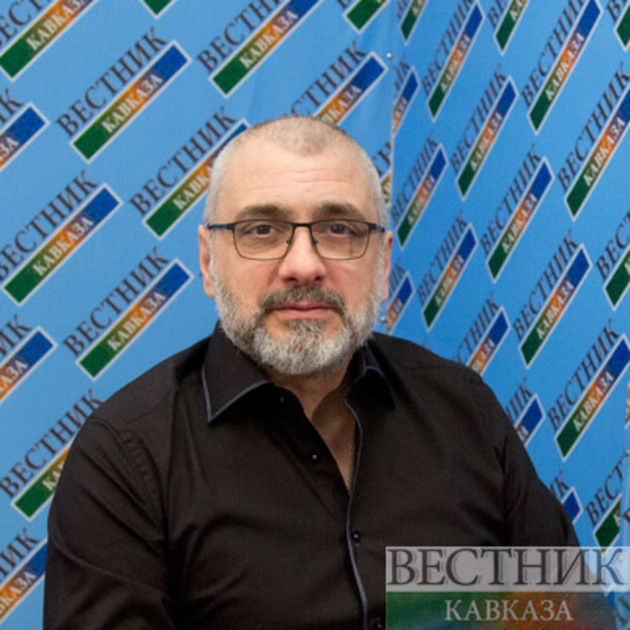Famous researcher of the history of the Middle East, Philip Ekozyants who recently released first part of a large-scale study of documents about the life and work of one of the key figures of the "Armenian myth" - Israel Ori, who is presented in modern Armenian studies as the "founder and ideologist of the Armenian national liberation movement", visited Vestnik Kavkaza studio.
Israel Ori is famous for the fact that after leaving the borders of his native Persia in 1678 after unsuccessful trip of Patriarch James IV to the West, je returned home 21 years later, in 1699, with a letter from the Elector Palatinate Johann Wilhelm to the Armenian christians (Meliks). In this letter, he promised to protect Persian Armenians from Muslims; then he received letters addressed to Johann Wilhelm, Pope and Peter I from those Armenians, asking for military assistance, and again went abroad, and this is how the so-called "Armenian issue" first appeared in world history.
In the book "Israel Ori. Pandora's Box. Book 1: Persia," Philip Ekozyants examined in detail the history of Israel Ori and published all known testimonies about him and the "letters of Armenian christians", showing reader that traditional interpretation of accessible documents is far from being objective and is the result of many centuries of work on creation of false history of Armenia, which turned the Middle Eastern Christians into an instrument for realizing interests of Europe in Persia and Turkey. He discussed the results of this study with Vestnik Kavkaza.
- Today's guest is famous researcher of the history of the Middle East, Philip Vartanovich Ekozyants. Welcome!
- Hello!
- Recently you have published the first book dedicated to the debunking of myths about the Armenian history "Israel Ori. Pandora's Box. Book 1: Persia". Today we would like to talk about this book and about the historical facts that you described in it. First of all, who was, according to your findings and the documents that you found, Israel Ori?
- First of all, I would like to say that this book is primarily dedicated to the history of the people of my father - it's simply the truth. The debunking of myths is just a consequence, since the book does debunk the traditional view of this person. I started work with Israel Ori, because it was from his arrival in Persia in 1699 that the whole Christian, not only Armenian, population of Persia began to have serious problems, it was he who laid the bomb that eventually created a rift between people - letters from the Meliks. To understand what happened to the family of my grandfather, who suffered at the beginning of the twentieth century, I had to start from the very beginning. This beginning was Israel Ori.
I wrote this book so that the reader, after reading it, could find the answer to the question of who was Israel Ori, who brought to Europe from Persia letters of Meliks. But I can say with confidence that there is no evidence that Israel Ori, who left Persia in 1678 (according to other sources, in 1674), and Israel Ori, who arrived in Persia in 1699, are one and the same person. But there is a lot of evidence that we are talking about completely different people. There are enough documents for the reader to decide for himself on this figure for himself.
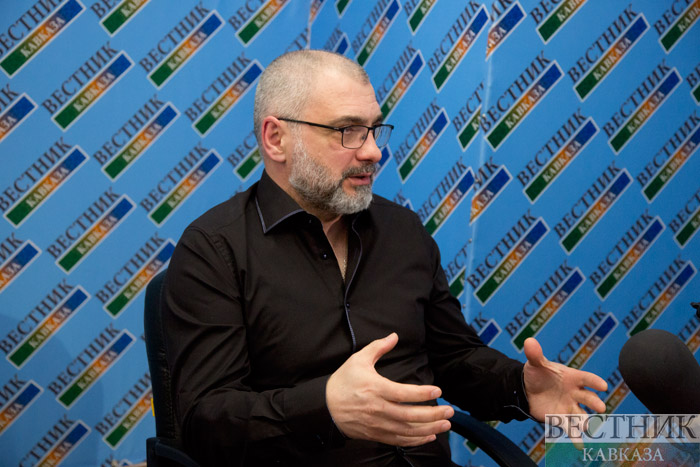
- So, a man who identified himself as Israel Ori came to Persia in order to receive letters from the Meliks and take them to Europe. The center of this story is just letters as documents, and in order to start talking about them, we need to understand who, in fact, were the Meliks in those days?
- First of all, Meliks are dukes, owners of land and lower strata of the population. The 19th-century French orientalist Antoine-Jean-de-Saint-Martin calls them "the small princes of Armenia" - this is an important point, since he does not name them "Armenian princes". It is difficult to say how large or small they were in the modern sense, but it is known that in the framework of the Armenian people they were significant. Further, they were Christians. They could belong to different faiths - Catholicism, the Eastern rite or others - but you can give an affirmative answer that the Meliks professed Christianity.
As for their ethnicity in the Armenian people, then, firstly, it should be noted that it is rather difficult to determine whether the Armenian people had ethnic borders in the 17th century. I am convinced that there were no such borders, and the Armenians existed on paper more than in reality. Please note that all the names and surnames of the meliks who signed these famous letters can be called Armenian only with a stretch of the eye. Only one name resembles Armenian surnames, and all the others have different variations, often not alike when reproduced in different languages - in Russian, French, Persian and Armenian. Almost my namesake and namesake is on the first signatory list - Philippe de Egoz, that is, from the Egoz clan - but in Armenian it sounds like Akizi, and in Russian, in a letter to Peter I it is written as Aegia Filippov [in a letter to John Wilhelm he Hegias Philippe named - approx. red]. That is, there are no prevailing language standards.
If the surnames do not say anything, then almost all the names of the Meliks are Turkic. Did these people speak Armenian? The book does not talk about this, but earlier I investigated this issue and found that there were no translators from the Armenian language in any order of Europe, including Russia. There were no translators from the Armenian language in the known foreign ministries of those times. At the same time, there were translators from Persian and Turkish (it is also known about translators "from Muslim"). I think no one will be able to find information about translators from the Armenian 17th century. The Catholic missionaries who set off to occupy the Christian population of Persia, so to speak, began to call him Armenian, while the Persians called them “Nesrani,” that is, the Nazarenes, and this was the name for all Persian Christians. That is, the meliks, called Armenian, were actually Persian Christians.
The entire office of the Russian Empire constantly spoke only about the Christians of Persia. In the works of the researcher of that time, Gerasim Artemievich Ezov, you can see that every Russian letter in response to Israel Ori and other letters mention only Christians, but not about Armenians. The missionaries, leaving, for example, to the east of the Ottoman Empire, learned exclusively Turkish, as they wrote themselves. None of them studied the Armenian language. If someone wants to oppose my statement to something, I think it will be very difficult for him, since there is no evidence of the existence of people who have studied the Armenian language to work with the local population in Persia. Everyone spoke Turkish then, including those who were called Armenians.
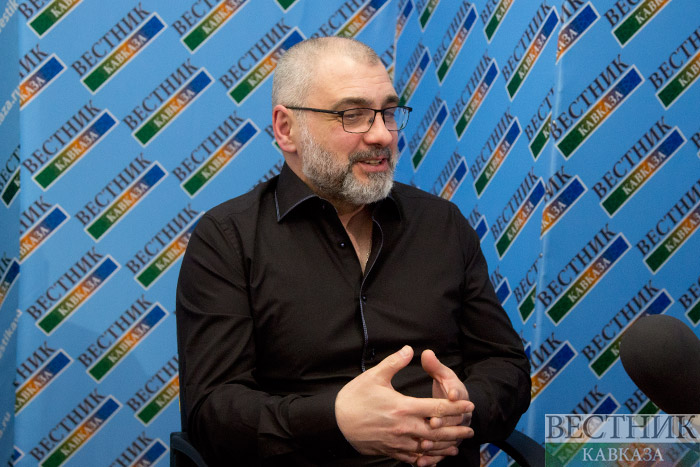
- What, then, was Armenia in those days of the late 17th century?
- This was the name of a geographical area used by Europeans to describe the world they knew and the routes to distant India and China. The task of naming this area arose primarily in front of cartographers - what exactly is located in one place or another. Often such geographical names arose precisely as necessary.
In no documents, including correspondence between rulers and state officials, Armenia was not indicated as a state, only as a designation of the area. Israel Ori in 1699 and later used the name "Armenia" in the same vein, as he was a European. Even if we accept the version that this is Israel Ori, who left Persia in 1678, then 20 years later, of course, he was already a European person and also spoke of “Armenia” as a geographical area.
- Of course, after all, Israel Ori left Persia at 18 or 19, and returned, respectively, a 40-year-old man.
- Here it will be more appropriate to talk about the generic name of Israel Ori. The roots of this kind Borosh / Brosh / Past (the spelling in the documents vary), to which he was attributed by the Armenians or he attributed himself, I found in the kingdom of knights, namely in Assisi of Jerusalem. I decided to highlight this topic in a special study, because it requires too many assumptions, and the book "Israel Ori. Pandora's Casket" is based on documents of understandable origin. So, my curiosity led me to the fact that the Brosh clan is actually the Baruch clan, that is how this surname was written in Jerusalem assisi and written, for example, on the grave of the famous American financier Bernard Baruch.
Representatives of the Baruch family just at the time of the turn of the XVII-XVIII centuries were found in the Palatinate, whose Elector John Wilhelm, most likely, sent Israel Ori to Persia in order to receive letters from the Meliks there. Elector Palatinate was an extremely influential person, the brother of the wife of the Holy Roman Emperor Leopold II, and to this day he remains a very mysterious figure about whom there is very little information. As you can see in my book, John William intended to lay the crown of Armenia on his head. The Jesuit Procurator in Persia, Padre Krusinski, wrote that Israel Ori, having arrived in Persia with the embassy, frightened the Persian court by intending to revive the kingdom. What kind of kingdom can be revived? Not very close, but within reach you can see the kingdom of Cilicia, in which the Baruchs, Boroshi or Brooches ruled at one time, to which Israel Ori was attributed.
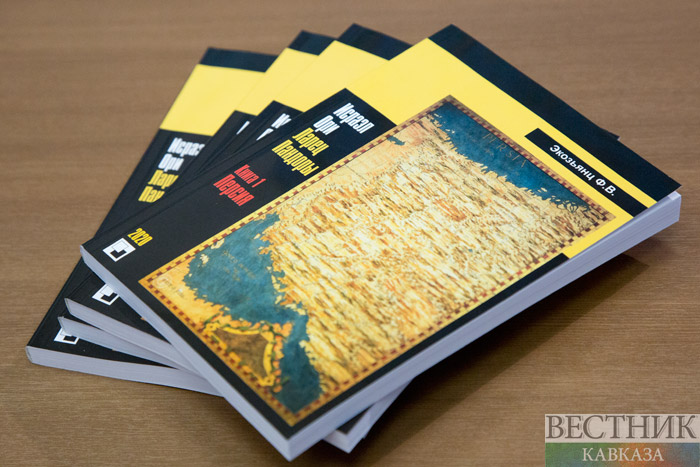
That is, it is clear why Israel was chosen such a genus and why it was sent to these people - the choice depended not on the place, but on people who could be blackmailed. Based on the documents that are available, it becomes obvious that the meliks whom Israel Ori addressed to could not resist, even when they wanted, his will. So, he had some leverage in order to break their will and influence their decisions. The goal of the entire enterprise is clear, and it was voiced - the capture of all of Persia, and not the "liberation of Armenia", as claimed. In this way, the Holy Roman Empire could be expanded, relying on part of the Christian population in Persia, which the Jesuit missionaries had to process before.
In the part of the study that has already been published, the connection between the Israel Ori and the Jesuits involved in the processing of Persian Christians is established. How close this relationship was, it is not known whether he was a member of this order, simply carried out their orders or sympathized with them? Perhaps he was only an adventurer, as described by Padre Krusinski and was simply used for money by more powerful forces, committing acts necessary, in particular, to the Order of the Jesuits. In general, the story of Israel Ori is truly detective and interesting. It is important to emphasize here that the story of Israel Ori is connected with the history of the Armenian people, but this is not the history of the Armenian people, but only the history of the person who concerns her.
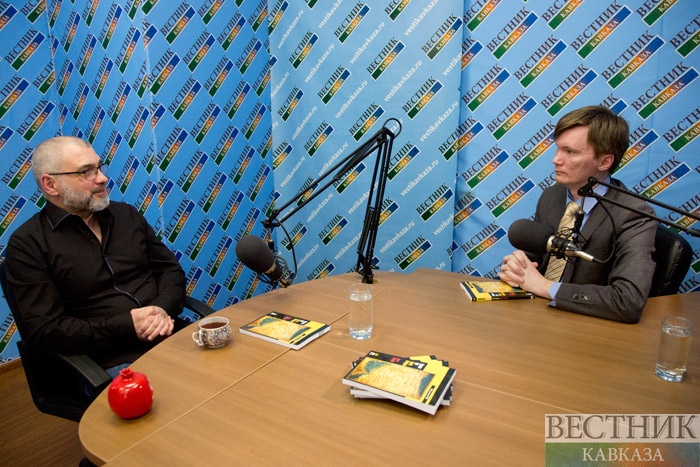
- I would like to clarify another important point. How did the Armenians live in Persia and the Ottoman Empire at that time? Did they need to wage a national liberation struggle, which is mentioned in the letters of the Meliks?
- This can also be judged by the documents on the life of Christians in Muslim countries, published in the book. Both Israel Ori and the Meliks themselves very vividly talk about their capabilities: when it came to the invasion of Persia, they listed all their military resources and financial resources testifying to their influence in a Muslim country.
The reader, who is in love with the history of Armenia - not in its beauty, but in real history - should be very interested in the opinion of the Meliks themselves about how they lived in Persia, how much property they had and, on the contrary, how few troops the Persians had in order to control the vast space inhabited by Christians, and to keep tens and hundreds of thousands of people in obedience. Let these readers read my book and answer for themselves the question of how Christians lived in Persia.
- Let's make one more seed for the reader, in my opinion, the most important. According to the results of your research, nevertheless, by whom, when and for what purpose were the letters of the Meliks written?
- Again, not wanting to deprive the reader of the right to make a decision myself, I will say that I am convinced that there is a huge difference between the letters with which Ori Ori left Persia, heading to the Holy Roman Empire of the German nation, and the letters that we know today. The exact same difference as between the two Israel Ori. I want every reader to read my research and understand what exactly was written in meliks, and what was later shown to Christian monarchs, and how different these documents were. There are also obvious falsifications, which I set out in great detail for the most patient reader, so that there are no questions left.
- In the story about the letters of the Meliks, I was struck by the very regime of the “carte blanche” document, when an empty sheet of paper is given, under which people sign, in this case, chalk. I was surprised by who the negotiating person should be, so that consent was given to sign an empty sheet for him.
- And this is another indirect evidence that the Meliks could not resist the will of Israel Ori and those people who sent him to Persia. They simply signed everything they were told. Those who ordered these letters did not initially know which text they needed, so the Meliks signed carte blanche and not all letters were written in Persia. It is possible that only one letter was written there, and not the one we read in French, since it was translated into French later.
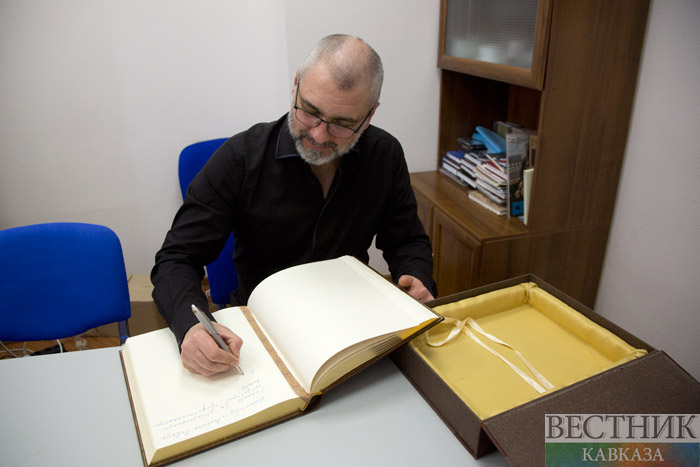
- Can you tell us what the second part of the book will be about?
- In the second part, firstly, I hope that they will contain detailed answers to the questions that I will receive in the first part. Especially a lot of questions now on the introduction, where I talk about the history of Armenia as a whole. I affirm and can prove that before the appearance of the Mkhitarists, the history of Armenia was very short and was everywhere referred to as the story of several Christian princes who quarreled among themselves and lost their sovereignty in the area called Armenia. The story that is being talked about today began with the appearance in the XVIII century, in 1712 (a year after the death of Israel Ori) of the Mkhitarists, who began to collect bit by bit the references that could be called Armenian history.
The name Armenia, according to my research, appeared not in historical, but in fiction. This conclusion follows from books known to us, the authenticity of which we can confirm with at least 90% certainty. To do this, you need a sufficient number of copies - if today we find 10-20 copies, even in the form of photographs or PDFs, then we can say that yes, such and such a book appeared in 1393 or in 1470 and so on. In my work, I used archival data about all European printed editions, and somewhere the publication of this or that book is confirmed, somewhere not. However, even if we assume that all the books that we have really been published, then there are no stories about Ancient Armenia, about Tigran the Great and its other figures. I can say that not only the history of Armenia is in trouble with antiquity, but also in other countries. I am sorry for the Armenian historians, and among them there are very sincere and worthy people who have spent a huge amount of energy studying this Armenian traditional version of history, but I want to say that it’s never too late to start from the beginning and turn everything around in your mind , and for your loved ones.
- Thank you very much, Philipp Vartanovich, for having a chat with us today! You told very interesting story about this book, and about your approach to the study of history.
